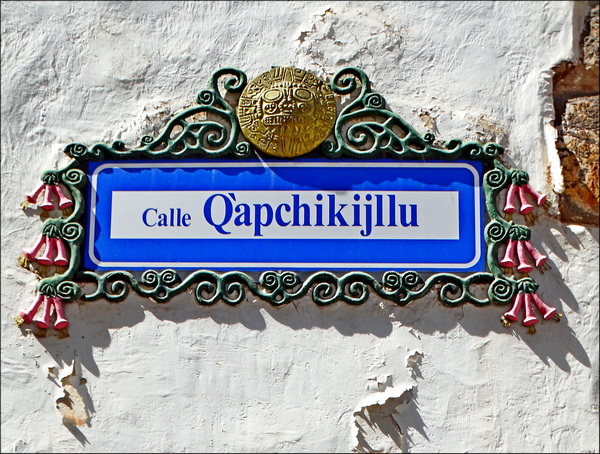
Introduction to Cusco – Peru
Cusco is one of the most beautiful and famous historic city in all of South America. Cusco’s extensive and well-preserved historic district was designated a UNESCO World Heritage Site in 1983. It’s jam-packed with expertly-renovated colonial Spanish buildings and churches, large remnants of original Inca walls and palaces, pretty garden-like plazas and narrow cobblestone streets.
Cusco is also the gateway to Peru’s most renowned destination: Machu Pichu. Therefore, most visitors to Machu Pichu do spend at least a couple of days in Cusco, either to or from the famed high-mountain Inca Temple ruins.
I’ve been exploring Cusco for more than two weeks already. It is, hand’s down, the most attractive city I’ve seen in Peru and one of my favorite destinations in the country. I plan to stay one more week in order to enjoy the wonderful sights and ambiance of Cusco and to venture out to some nearby mountain towns and Inca archaelogical sites.
I highly recommend spending a week or more in Cusco when you visit Peru. That’s especially true for anyone who loves architecture, history, archaelogy and/or indigenous cultures.
Following is a solid introduction to this amazing, multi-faceted historic city.
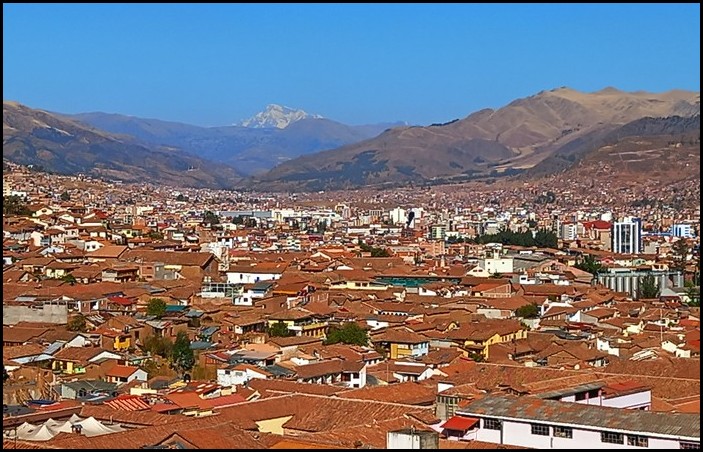
Location – Geography – Altitude of Cusco
Cusco is located in the high southern Andes region of Peru. It’s a 1 ½-hour flight or a whopping 20-25 hour drive/bus trip from Lima, Peru’s coastal capital city.
Cusco is situated at a dizzying altitude of 11,200 ft / 3400 M. The city is so high in elevation that many, if not most, visitors experience some degree of altitude sickness during the first few days of arrival.
That is especially true for people who fly into Cusco from Lima. The human body usually cannot handle such a fast change in altitude, coming up to over 11,000 ft from sea level. Thus, it’s infinitely better to travel overland if at all possible, ascending gradually during a few days’ journey.
Eventhough Cusco is situated at 11,200 ft, it is also set in a high valley, ringed on all sides by ‘hills’. At least from Cusco they look like hills, though they must peak at between 11,500-12,000 ft / 3600-4000 M each. This setting gives Cusco an even more beautiful apppearance.
Way off in the distance to the east, the jagged snow-capped peak of Mt. Pachatusan pierces the sky on clear days, out beyond Cusco’s nearer mountains. Mt. Pachatusan rises to 16,000 ft / 4800 M. That’s very high, but not high enough to be considered one of the Andes highest peaks. Those mountains top 20,000 ft / 6000 M.
Cusco city is mostly hilly, with streets rising up and down in all directions (further details below).
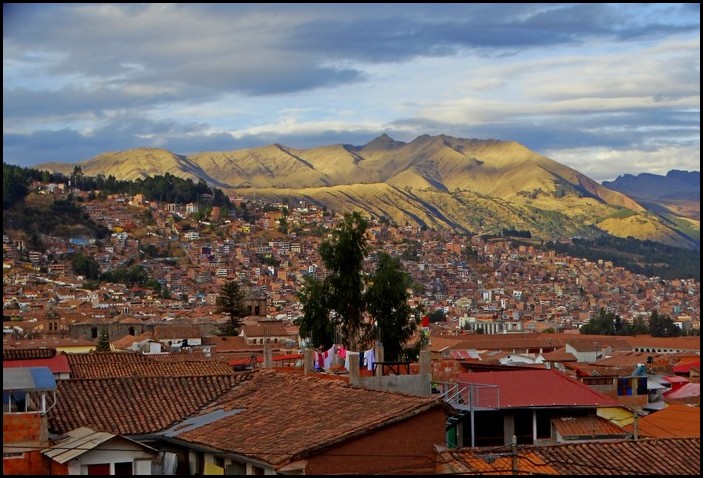
Climate of Cusco
Amazingly, given Cusco’s high altitude, the city has a fairly mild climate year-round. More specifically, Cusco has cold nights and warm to chilly days.
That is because the city is situated just 13.5° South of the Equator, which gives Cusco nearly the same temperatures all year long. Seasons are divided into just two – winter (dry season) and summer (rainy season).
In ‘winter’ months day-time temperatures reach the mid-60s to mid-70s F / 16-22 C. On sunny days the sun heats things up considerably, making it feel much warmer. Some would say even hot. Many people walk around in shorts and T-shirts during Cusco’s ‘winter’ months.
However, night time temperatures drop down to the mid-30s to low-40s F / 0-7 C and there is occasional frost, snow and hail. The coldest hours are 4-6 am, so early mornings are also very cold. But it quickly warms up with the sun, so that by 10 am it’s already about 60 F / 15 C.
These extremes in day-time and night-time temperatures (0 – 22 C) (32-75 F) are a result of Cusco’s extremely dry air / low humidity.
In summer months (October-April) the rains arrive. This means a lot less sun to warm up the days and a lot more clouds. For this reason, summer months can actually feel much cooler than winter months, eventhough technically the temperatures are the nearly the same.
Night time temperatures are slightly warmer during summer months, perhaps not dipping below 40 F / 5 C most nights.
So regardless of when you’re visiting Cusco (and the whole region) be prepared
for cold evenings, nights and early mornings. In day time, be ready for chilly to warm weather. In summer months, be prepared for cold-chilly rain.
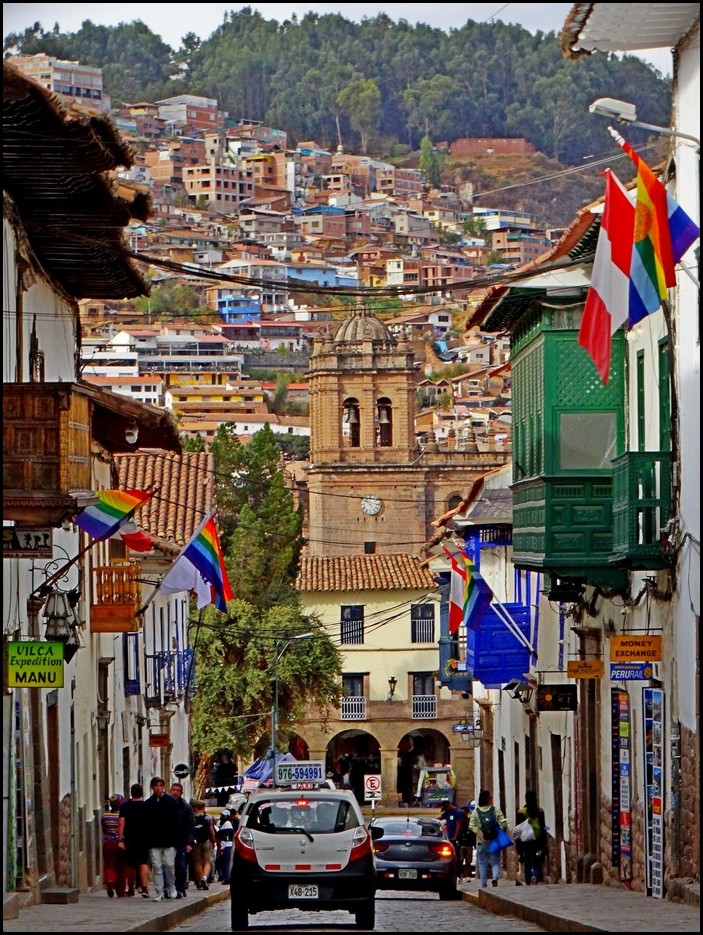
Cusco Historic City Description
Unlike most Spanish colonial towns in Latin America, Cusco is not set out in a tidy grid pattern. That’s primarily because the Spanish took over the original Inca city, which was set in a long V shape between two rivers. Today, both rivers run underground below modern streets and buildings, but the original city lay-out remains.
Another factor in Cusco’s lay-out is its hilly topography. The huge main plaza, Plaza de Armas, is flat. But running immediately east from there the city slopes gradually downhill for several miles.
Immediately to the plaza’s north, west and south steep cobblestone streets lead up away from the plaza onto hillsides. There is just one flat section of the city running south for several blocks before streets begin ascending upwards.
Cusco’s very extensive historic district boasts several beautiful, garden-like plazas. Each is surrounded by gorgeous colonial buildings in different architectural styles. They’re built of stone and/or white-wash, many with fancy protruding wood balconies, arched ground-floor stone hallways and hefty wood doors and window frames.
As noted above, Plaza de Armas is Cusco’s main plaza. It’s a massive plaza with clean-cut lawns, colorful flowers, ancient gnarled trees and many wood & wrought-iron benches for people to sit and enjoy the beautiful setting.
Cusco’s massive main cathedral and nearly as large Church of the Companions of Jesus are located on the east and north sides of the plaza. The high hills surrounding Cusco can be seen clearly from the plaza, providing a spectacular panoramic setting.
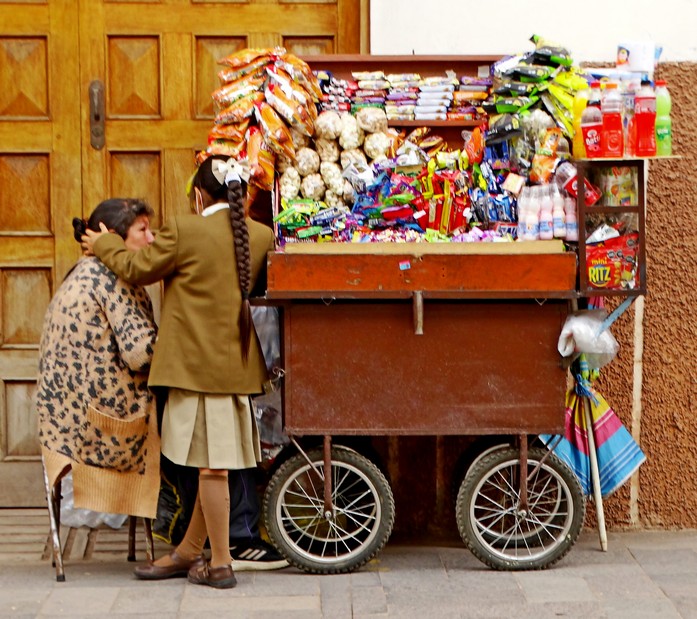
Narrow cobblestone streets lined by beautifully-restored buildings lead steeply uphill from the plaza in most directions, as noted above. The extensive historic district consists of blocks upon blocks of these scenic & charming streets.
Two other large plazas are situated just a couple blocks south of Plaza de Armas. Plaza Regocijo and Plaza de San Francisco both have pretty gardens with flower plots, shady trees and small grassy lawns.
Plaza de San Francisco is impressively lined by the huge Church & Monastery of San Francisco and the equally huge adjacent Colegio de Ciencias (High school of Sciences), as well as other attractive historic buildings.
Cusco has more than a dozen huge historic stone churches scattered about the historic district, as well as historic monasteries, convents, homes of high-ranking church leaders and other religious buildings.
There are also more than a dozen museums, each housed in a beautiful historic building. They range from classical and contemporary art to history, archaeology, Inca and pre-Colombian culture & history, to regional history. Many of the churches and monasteries are now deemed ‘museums’, with entry fees for visitors.
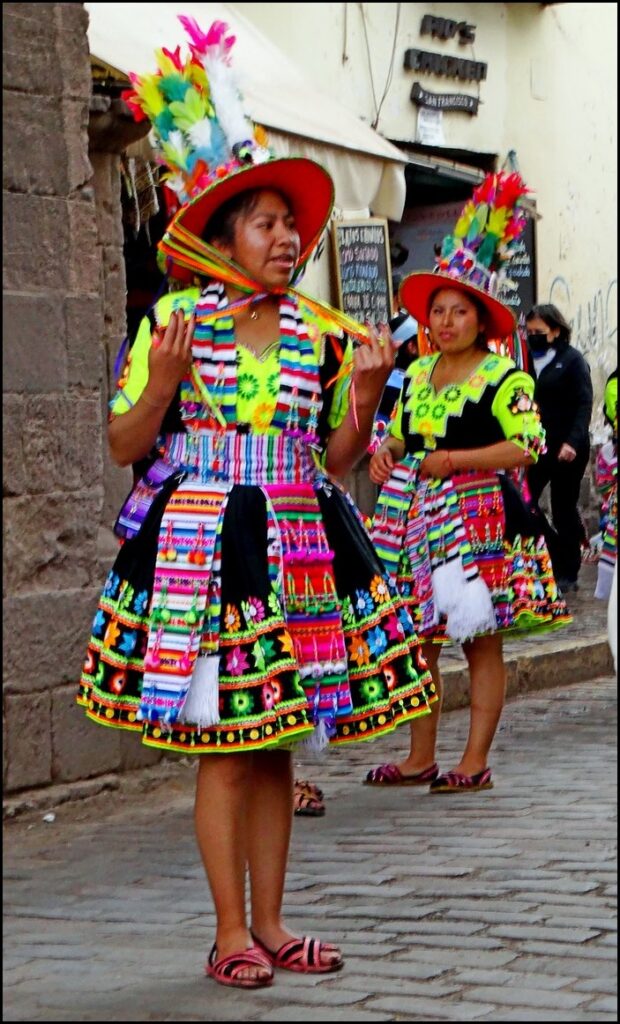
In addition to all the gorgeous architecture and plazas, in Cusco there are many indigenous people wearing their in tradtional clothing. They come to Cusco for shopping and to sell produce and merchandise in the main market and on streets & plazas.
Many indigenous women in fancy bright clothing wander around with their pet llamas and lambs. They earn money by letting tourists take photos with them and their animals.
Regular dance performances, parades, festivals and traditional Inca rituals take place around the city, seemingly unanounced. It’s quite common while wandering Cusco’s streets and plazas to stumble upon a lively, colorful indigenous event in full swing.
The plenitful indigenous people add heaps of vibrant cultural charm to the city.
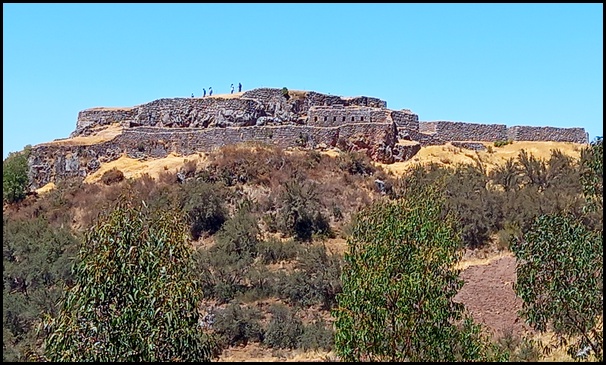
Brief Indigenous History of Cusco
Over the course of several millenium, at least three major peoples occupied Cusco: the Killke, the Incas and the Spanish.
Not much is known about the pre-Inca Killke tribe who settled Cusco. However a few artifacts have been found, particularly ceramics, enough to establish that the Incas built their capital at Cusco on top of the prevous Killke city.
It’s believed that the Killkes thrived in the Cusco region from 900-mid 1200s A.D.
Killkes built the huge stone complex, Saqsayhuaman, located on a hilltop about 2 km / 1.2 miles north of Cusco.
The Incas began settling in the Cusco area in the 1200s. They built their capital at Cusco on top of the original Killke city. They also expanded Saqsayhuaman complex, making it into a fortress and ceremonial site.
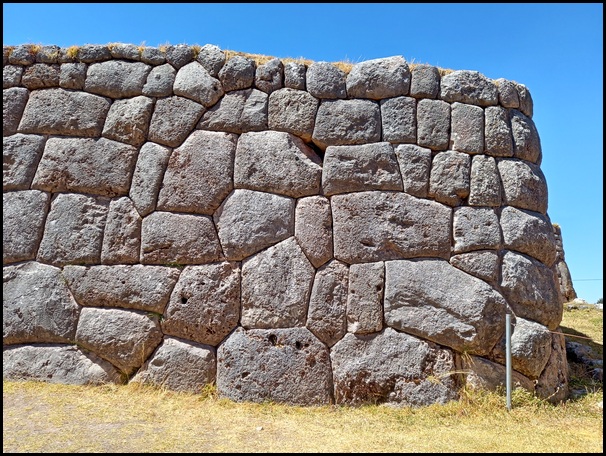
However, the great and famed Inca Empire didn’t really get established until the early 1400s. By that time, the Incas were master stone masons, water aqueduct & irrigation engineers, agriculturists, weavers, potters, goldsmiths, astronomers and warriors.
They also had advanced political, social, economic and religious systems in place in Cusco and throughout their vast empire.
When the Spanish arrived in the early 1500s, the invaders were reportedly astonished at the Inca’s far superior stonework, walls, engineering feats and the phenomenal amount of gold and gilded palaces they had.
Quite unfortunately for the Inca’s, the Spanish arrived and quickly conquered their empire. This was mainly due to more advanced weaponry (guns, canons), horses (which were new to the Incas) , trickery and the inadvertent spread of smallpox.
As a result, the great Inca Empire and all its amazing treasures lasted less than 100 years, from 1438-1532.

Brief Spanish History of Cusco
When the Spanish conquered the Inca Empire, they established their capital atCusco, practically destroying most of the original Inca city. The Spanish looted the Inca’s gold-plated palaces and gold art objects. They torn apart many precisely-crafted stone walls and used the beautifully-cut Inca stones to build their own churches, homes and government buildings.
In some cases, the Spanish used the lower sections of Inca walls as foundations for their buildings, adding Spanish architectural designs and materials on the upper parts.
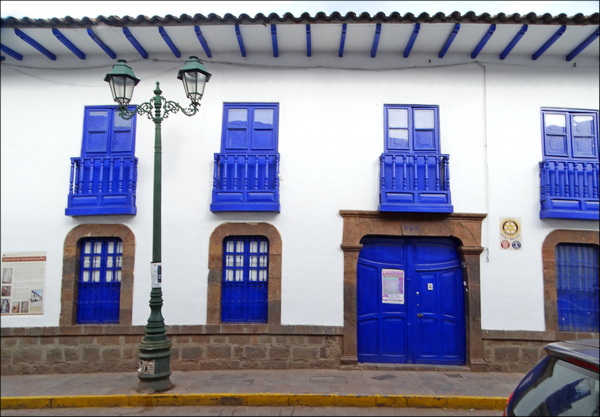
As a result, Cusco has some buildings and architecture that is truly unique to the world – a mix of Inca and Spanish design. The most famous building of this type is Qorichanca – Santo Domingo Church complex.
Within the property are still-intact Inca walls and stone rooms, a huge Spanish-style open courtyard and Santo Domingo Church, which has both Inca and Spanish walls, along with many other Spanish architectural and interior works.
Over the centuries since the Incas built their capital at Cusco, the city has been attacked by severe earthquakes. A major one in 1650 destroyed most of the Spanish-built churches and buildings. But the Inca walls and Inca-built sections of the Spaniards’ buildings remained completely intact.
The most recent major earthquake occurred in 1950 when a 9 degree quake shook Cusco. Again, the 500+ year-old Inca walls remained completely undamaged, while about 1/3 of the other city structures lay partically damaged or in ruins.
Fortunately, many colonial buildings, homes and churches were carefully repaired.
Today visitors to Cusco can enjoy plenty of beautiful colonial homes & buildings, historic churches, Inca walls and partial palaces.
UNESCO Status
In 1983 UNESCO declared Cusco a World Heritage City. The Peruvian government also designated Cusco as the country’s Historic Capital of Peru.
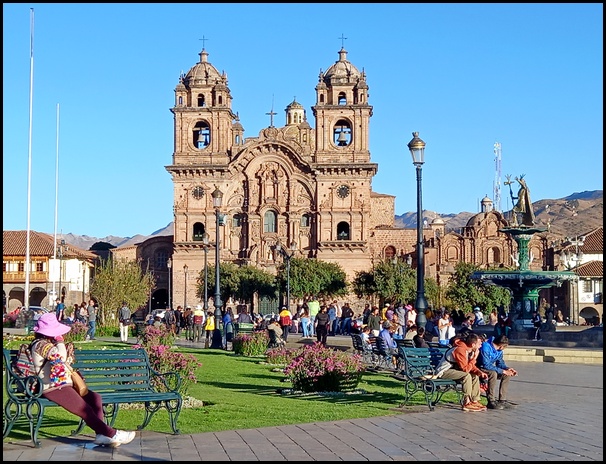
Main Attractions in Cusco
By now it’s clear that Cusco is jam-packed with dozens of beautiful plazas, charming cobblestone streets, historic buildings and churches and other important sites, both colonial and Inca.
Some of the most interesting and educational things to do in Cusco are to just wander around, absorbing all the local activities and ambiance. Sit in the plazas watching locals. And simply wander along the fascinating streets, entering various colonial buildings to discover hidden courtyards and boutiques.
Be sure to join a free walking tour to learn more about Cusco’s history and less obvious facts.
Then there are the aformentioned historic churches, monasteries and convents to visit as well as the intriguing and informative museums.
One of Cusco’s most important and famous sites is called Qorikancha / Church of Santo Domingo. As detailed above, Qorikancha was originally the Inca’s most important temple – Temple of the Sun. The Spanish ransacked all its gold and treasures then built the massive Church of Santo Domingo on top of the site, using the Inca’s expertly-built stone walls and cut stones.

Another famous attraction is the massive Central Market San Pedro. It’s filled with hundreds of stalls selling everything from fresh meat, fruits and vegetables to cooked meals to indigenous handicrafts to local specialty products like cheeses, chocolates and spices. That’s another great place to wander through and observe indigenous people selling their wares and shopping.
There’s so much to see and do in Cusco that it could easily take up one to two weeks of full-time exploring to absorb it all. Visiting all the churches, monasteries and museums, enjoying the plazas, watching daily life go by, wandering up and down the charming cobblestone roads, meandering inside open halls and courtyards, perusing boutiques, dining on Peruvian meals and street foods, stumbling upon various dance performances, parades, festivals and Inca rituals will keep all visitors busy.
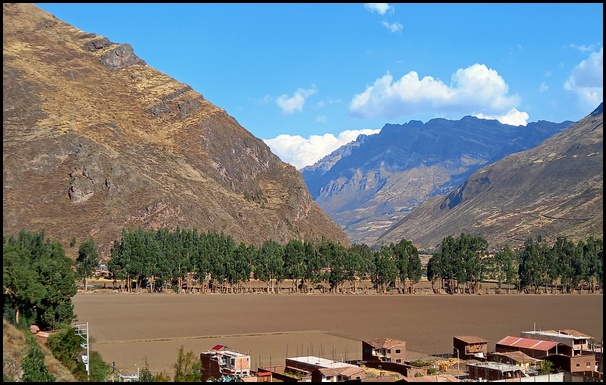
Day Trips from Cusco
Just outside Cusco there are several important Inca archaeological sites and small mountain towns & villages. They can be explored as day-trips and half-day trips from Cusco either by joining a tour or taking local buses independently.
Major Inca archaeological sites include Saqsayhuaman on the outskirts of the city; Tambomachay, Pukapukala and Qonqo, located about 7 km / 4 miles northeast of Cusco; and Pisac, a small charming historic town set in a valley about 25 km / northeast.
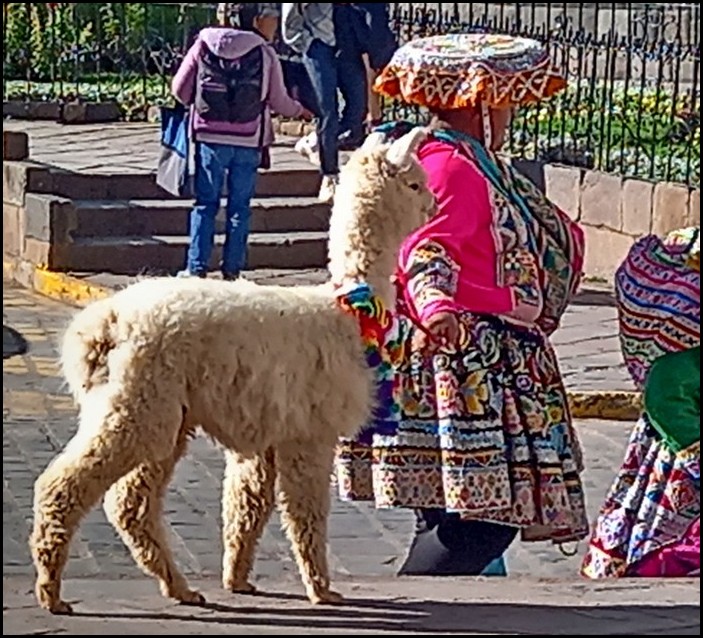
Summary
Hopefully by now it’s clear why Cusco is such a well-deserved South American destination. As I noted above, Cusco really is one of the continent’s most beautiful and interesting cities.
Filled with dozens of important museums, historic churches and buildings, pretty plazas, charming cobblestone streets, delicious market and street foods, and plenty of indigenous people wandering around in traditional clothing, llamas in tow, Cusco can easily fill up one or two weeks of fascinating and educational explorations.
Make sure to include a solid visit to Cusco when you travel through Peru.
=====================================
You might also enjoy:
12 Interesting Facts about Peru
6 Amazing Things to see and do in Lima
===================================



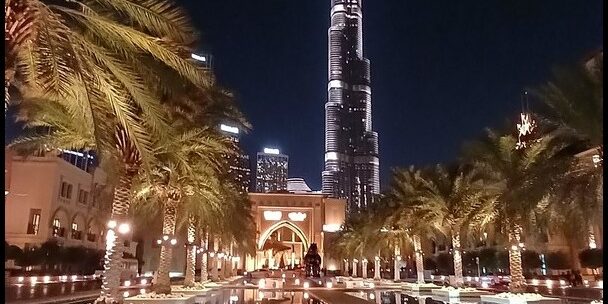



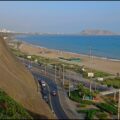
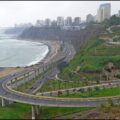
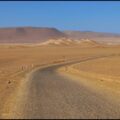


 Hi! I'm Lash, an American nomadic world traveler who's been traveling solo since 1998. I’m passionate about traveling the world nomadically and then sharing it all with you. I hope to inspire you to travel the world, to entertain you with tales from the road, and to help you reach your travel dreams. Welcome!
Hi! I'm Lash, an American nomadic world traveler who's been traveling solo since 1998. I’m passionate about traveling the world nomadically and then sharing it all with you. I hope to inspire you to travel the world, to entertain you with tales from the road, and to help you reach your travel dreams. Welcome! 




4 pings
6 Delicious Fruits of South America - LashWorldTour
2022/08/29 at 6:23 am (UTC 8) Link to this comment
[…] « Introduction to Cusco – Peru […]
Introduction to the Spectacular Sacred Valley -Peru - LashWorldTour
2022/09/04 at 8:05 am (UTC 8) Link to this comment
[…] Introduction to Cusco […]
33 Highlights of my South American Journeys - LashWorldTour
2024/01/21 at 10:52 am (UTC 8) Link to this comment
[…] Machu Pichu, Cusco is Peru’s most famous destination. The historic, high-altitude city is set at 3400 M / 11,152 […]
Cuzco Travel Guide - Flights, Hotels, Homes, Tours, Car Rentals
2024/08/11 at 1:57 am (UTC 8) Link to this comment
[…] this introduction to Cuzco, you’ll learn about its incredible mix of history and culture. Discover its *unique climate*, […]